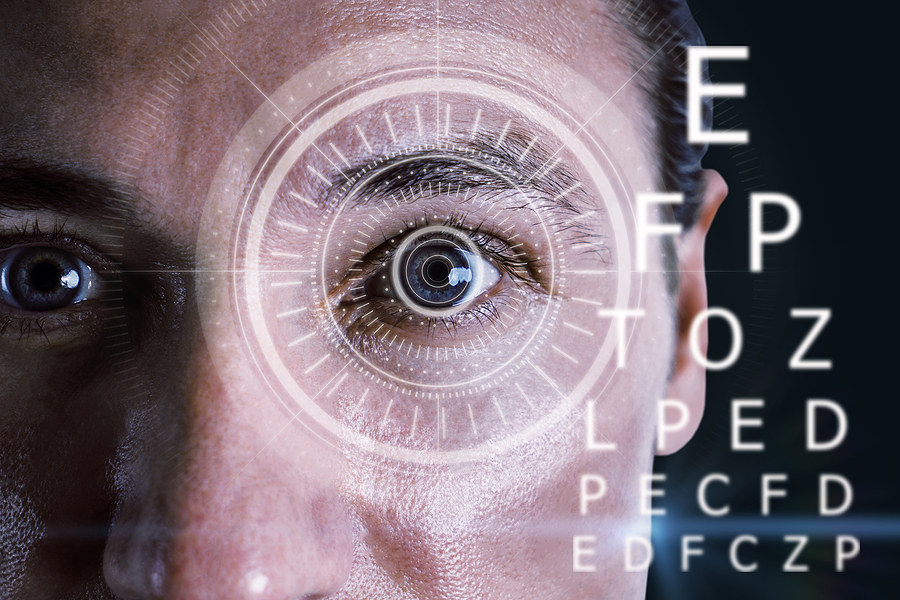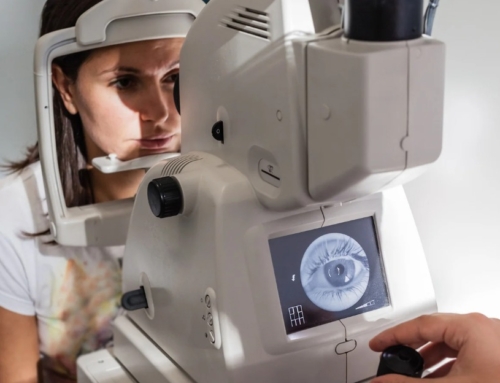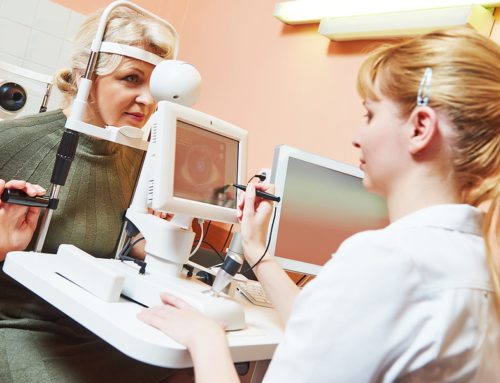Thyroid Eye Disease Awareness Week: Spotlight on November 18th – 24th
The week of November 18th – 24th marks Thyroid Eye Disease (TED) Awareness Week—a dedicated time to raise awareness, support those affected, and promote understanding of this complex condition. Thyroid Eye Disease (also known as Graves’ orbitopathy or Graves’ eye disease) is an autoimmune disorder that affects the muscles and tissues around the eyes, often in people with thyroid disorders like Graves’ disease or Hashimoto’s thyroiditis. This awareness week serves as a reminder of the importance of early detection, proper management, and specialized care for TED.
What is Thyroid Eye Disease?
Thyroid Eye Disease is an autoimmune condition where the body’s immune system mistakenly attacks tissues around the eyes, causing inflammation and swelling. This often leads to symptoms such as eye bulging (proptosis), dryness, light sensitivity, double vision, and, in severe cases, vision impairment. TED can have a significant impact on a person’s physical appearance, vision, and overall quality of life.
Thyroid Eye Disease typically occurs in people with autoimmune thyroid disorders, particularly those with Graves’ disease. However, not everyone with Graves’ disease will develop TED, and the disease may even appear in people who do not have thyroid issues. While the condition can occur at any age, it’s most commonly seen in adults between the ages of 30 and 60. Women are more frequently affected than men, but men are more likely to experience severe symptoms when the condition does occur.
Why Thyroid Eye Disease Awareness Week Matters
Thyroid Eye Disease Awareness Week aims to educate the public and healthcare providers about the symptoms and impact of TED, encouraging timely diagnosis and treatment. Since TED can have both physical and emotional effects, this awareness week seeks to foster a supportive community for those affected and to advocate for increased research into treatments and potential cures.
Many people are unaware that eye symptoms, such as dryness, bulging, or discomfort, could be related to thyroid issues. Misdiagnosis or delays in diagnosis are common, often because the symptoms can mimic other eye conditions. By spreading awareness, TED Awareness Week encourages those with symptoms to seek specialized care promptly, as early intervention can help manage the disease’s progression and improve outcomes.
Recognizing the Signs of Thyroid Eye Disease
Here are some common symptoms of TED to watch for:
- Bulging or Swelling of the Eyes
One of the most noticeable symptoms of TED is eye bulging, which occurs when the muscles and tissues around the eyes become inflamed and push the eyes forward. - Eye Pain and Pressure
Many people experience discomfort, pain, or a feeling of pressure in and around the eyes. This can worsen with eye movement or in certain lighting conditions. - Double Vision
As TED progresses, inflammation can affect the eye muscles, leading to misalignment and causing double vision or difficulty focusing. - Dryness and Sensitivity to Light
TED can disrupt normal tear production, leading to dry, gritty eyes and heightened sensitivity to light. This is often one of the early signs of TED. - Redness and Swelling
The whites of the eyes may become red, and the eyelids may appear swollen. This inflammation can make the eyes appear larger and more prominent.
How Thyroid Eye Disease is Managed
Managing TED typically requires a multidisciplinary approach, with input from ophthalmologists, endocrinologists, and sometimes other specialists. Here are some common treatments used to manage the symptoms and progression of TED:
- Medications
Steroids and other anti-inflammatory medications can help reduce inflammation and swelling around the eyes. Recently, specific medications targeting the immune pathways involved in TED, such as teprotumumab, have been approved for treating moderate-to-severe cases of TED. - Lifestyle Adjustments
For those with milder symptoms, lifestyle changes like using lubricating eye drops, wearing sunglasses, and avoiding smoking can help manage dryness and discomfort. - Corrective Surgery
In severe cases where vision is at risk, surgery may be necessary to relieve pressure on the optic nerve or to correct eye misalignment and reduce bulging. - Vision Therapy
For people experiencing double vision, prism glasses or vision therapy may help align the eyes and improve comfort.
The Importance of Specialized Care for TED
Managing Thyroid Eye Disease effectively requires specialized care from professionals who understand the condition’s unique challenges. Patients are encouraged to work with an ophthalmologist experienced in TED, who can coordinate with other specialists to develop a personalized care plan.
Supporting Those with Thyroid Eye Disease
During Thyroid Eye Disease Awareness Week, we encourage everyone to learn more about this condition and support those affected. Whether it’s spreading the word, offering encouragement to someone with TED, or advocating for increased research funding, small actions can make a big difference. By fostering understanding and compassion, we can help those with TED feel seen, supported, and empowered in managing their health.
Take time this November 18th – 24th to join the conversation, educate yourself, and advocate for improved resources and treatments for Thyroid Eye Disease.







